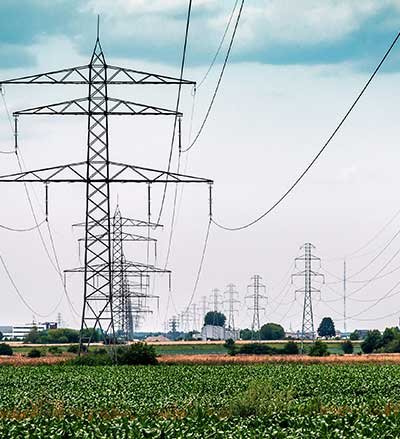Severe winter storms in February 2021 caused outages that left more than 4.5 million Texas homes and businesses without power in the biting cold. Supporters suggest that the Texas experience highlights one of three main reasons our electric grid needs a major upgrade. It is not nearly resilient enough, they argue, to withstand extreme weather when that power is needed most.
A second reason given for investing substantially more in our grid is that it is also too susceptible to terrorist attack. As our connected world becomes increasingly dependent on reliable power, some argue, an aging electrical grid in mediocre condition is a soft target for those who would do us harm.
Third, supporters argue that a smart and efficient electric grid is critical to moving the country toward green energy and lower power bills. Often power sources like wind and solar are far from population centers. A modern grid, supporters argue, will more efficiently move cleaner electricity to where it is needed. Because it lowers the cost of electricity, they argue, it will also reduce Americans’ power bills. Building out the new power grid will put many Americans to work in good jobs, proponents argue. Supporters argue that beyond that, clean and affordable energy will power American productivity across our economy.








